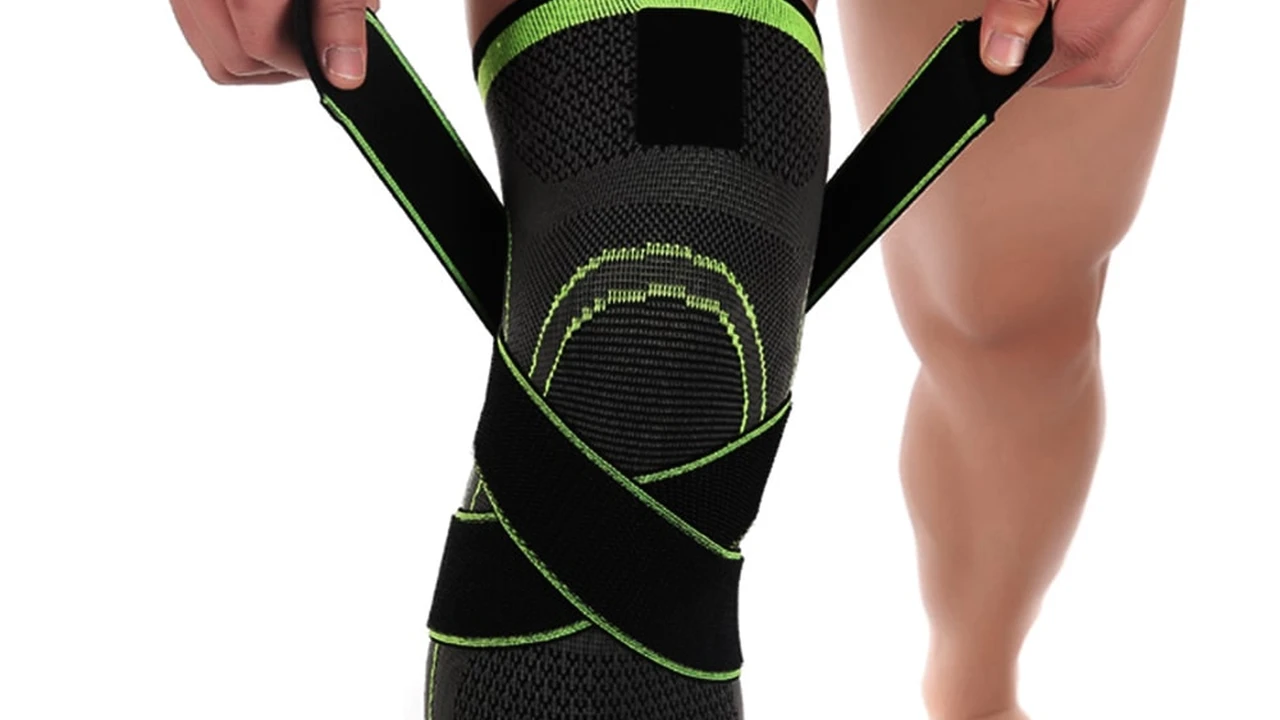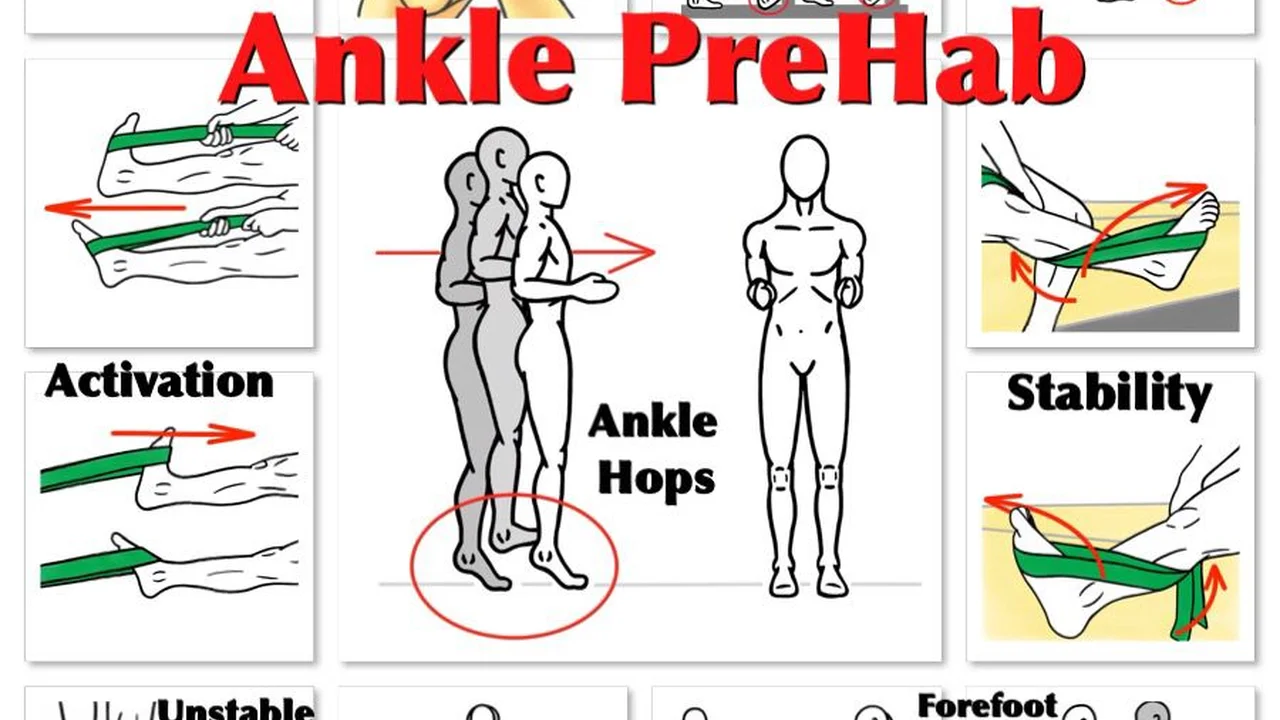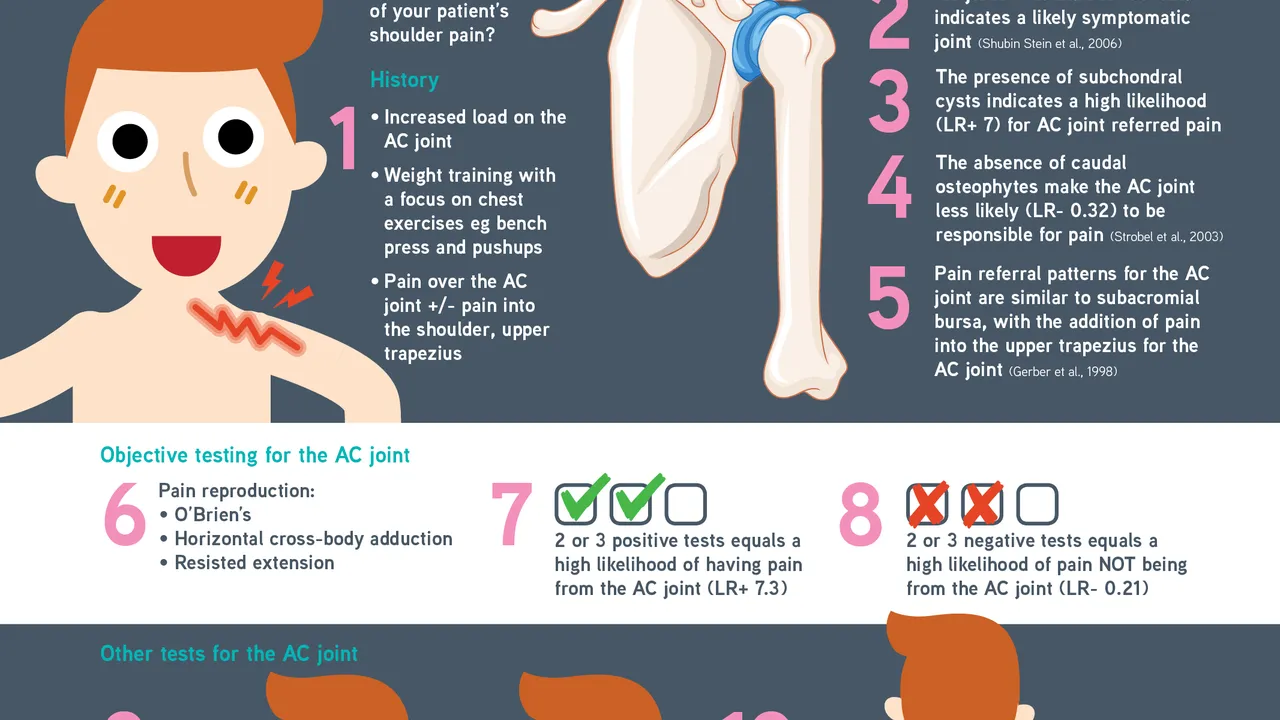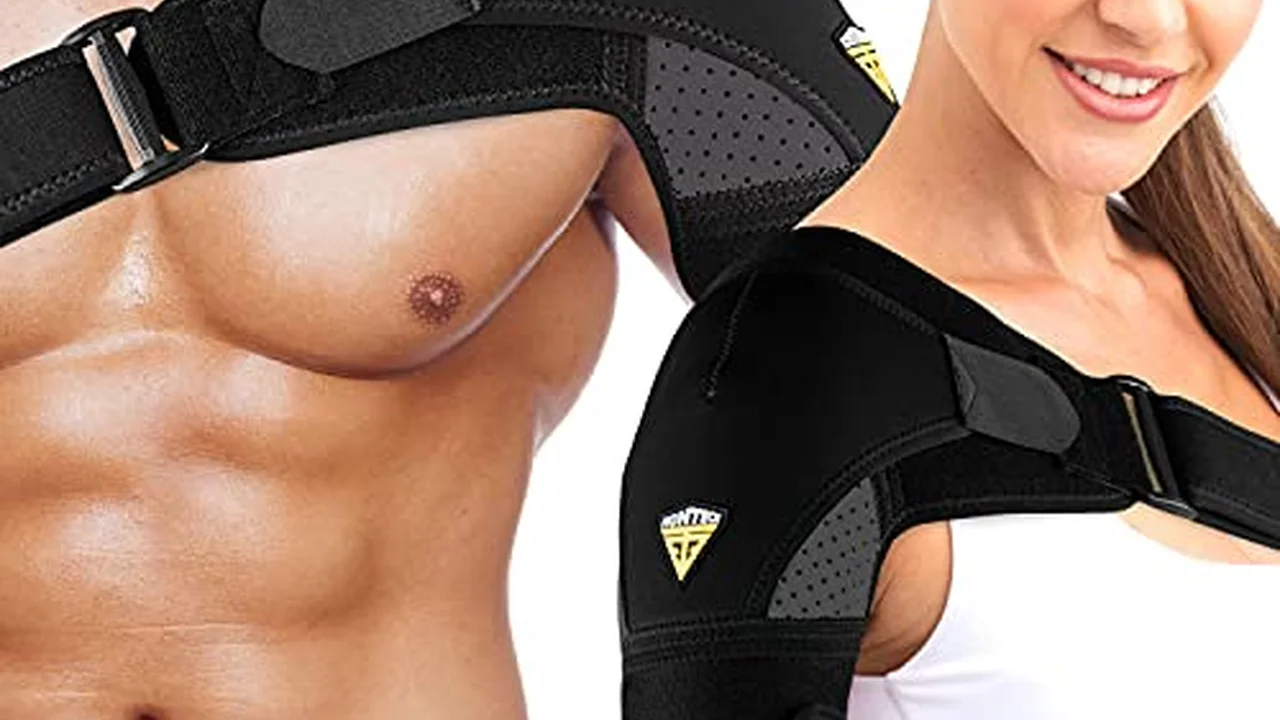Best Knee Braces for Sports: Reviews and Recommendations

Introduction to Knee Injuries and Their Impact on Life
The knee, a complex and vital joint, is susceptible to a wide range of injuries. From minor sprains to severe ligament tears, knee problems can significantly impact your mobility, athletic performance, and overall quality of life. Understanding the common types of knee injuries, their causes, and the available treatment options is crucial for effective recovery and prevention.
Knee injuries can arise from various sources, including sports-related accidents, falls, overuse, and underlying medical conditions like arthritis. The severity of the injury can range from mild discomfort to debilitating pain, requiring medical intervention and rehabilitation. Ignoring knee pain can lead to chronic problems and further damage to the joint.
This comprehensive guide aims to provide you with in-depth knowledge about knee injuries, covering various aspects from diagnosis to treatment and rehabilitation. We'll explore different types of knee injuries, discuss their symptoms and causes, and delve into the latest treatment options, including surgical and non-surgical approaches. Additionally, we'll offer practical advice on preventing knee injuries and maintaining optimal knee health.
Common Types of Knee Injuries Explained
The knee joint is a complex structure consisting of bones, ligaments, tendons, and cartilage. Injuries can affect any of these components, leading to different types of knee problems. Here's an overview of some common knee injuries:
Ligament Injuries ACL MCL PCL and LCL Tears
Ligaments are strong bands of tissue that connect bones and provide stability to the knee joint. The four main ligaments in the knee are the anterior cruciate ligament (ACL), the medial collateral ligament (MCL), the posterior cruciate ligament (PCL), and the lateral collateral ligament (LCL). Tears or sprains of these ligaments are common, especially in athletes.
ACL Tears: The ACL is one of the most frequently injured ligaments in the knee, often occurring during sports activities that involve sudden stops, changes in direction, or jumping. Symptoms of an ACL tear include a popping sensation in the knee, immediate pain, swelling, and instability.
MCL Tears: The MCL is located on the inner side of the knee and provides stability against sideways forces. MCL tears often result from a direct blow to the outside of the knee. Symptoms include pain, swelling, and tenderness along the inner side of the knee.
PCL Tears: The PCL is located at the back of the knee and prevents the shinbone from sliding backward. PCL tears are less common than ACL tears and often occur due to a direct impact to the front of the knee, such as in a car accident.
LCL Tears: The LCL is located on the outer side of the knee and provides stability against sideways forces. LCL tears are less common than MCL tears and often result from a direct blow to the inside of the knee.
Meniscus Tears Understanding Cartilage Damage
The menisci are C-shaped pieces of cartilage that act as shock absorbers between the thighbone and the shinbone. Meniscus tears can occur due to twisting or pivoting motions, especially when bearing weight. Symptoms include pain, swelling, stiffness, and a locking sensation in the knee.
Meniscus tears can vary in severity, from small tears that cause minimal symptoms to large tears that require surgical repair. The location and size of the tear will influence the treatment options. Small tears may heal on their own with rest and physical therapy, while larger tears may require arthroscopic surgery to repair or remove the damaged portion of the meniscus.
Patellar Tendonitis Jumpers Knee Explained
Patellar tendonitis, also known as jumper's knee, is an inflammation of the patellar tendon, which connects the kneecap to the shinbone. It's a common condition among athletes who participate in jumping sports like basketball and volleyball. Symptoms include pain and tenderness below the kneecap, which worsens with activity.
The pain associated with patellar tendonitis often starts gradually and worsens over time. It's important to address the condition early to prevent it from becoming chronic. Treatment options include rest, ice, compression, elevation (RICE), physical therapy, and pain medication.
Knee Bursitis Causes and Treatment Options
Bursitis is the inflammation of a bursa, a fluid-filled sac that cushions the bones, tendons, and muscles around the knee joint. Knee bursitis can be caused by overuse, direct trauma, or infection. Symptoms include pain, swelling, and tenderness around the affected bursa.
There are several bursae around the knee, and bursitis can affect any of them. Common types of knee bursitis include prepatellar bursitis (housemaid's knee) and pes anserine bursitis. Treatment options include rest, ice, compression, elevation (RICE), pain medication, and in some cases, aspiration of the bursa fluid.
Osteoarthritis of the Knee Managing Joint Degeneration
Osteoarthritis is a degenerative joint disease that affects the cartilage in the knee. It's a common cause of knee pain, especially in older adults. Symptoms include pain, stiffness, swelling, and decreased range of motion. Osteoarthritis can be caused by aging, genetics, and previous knee injuries.
There is no cure for osteoarthritis, but there are several treatment options available to manage the symptoms and improve quality of life. These include physical therapy, pain medication, injections, and in severe cases, knee replacement surgery.
Diagnosing Knee Injuries Accurate Assessment is Key
Accurate diagnosis is crucial for effective treatment of knee injuries. A thorough evaluation by a medical professional, such as an orthopedic surgeon or sports medicine physician, is essential. The diagnostic process typically involves a physical examination, a review of medical history, and imaging tests.
Physical Examination Assessing Knee Stability and Range of Motion
The physical examination involves a comprehensive assessment of the knee joint, including evaluating its stability, range of motion, and tenderness. The doctor will palpate the knee to identify areas of pain and swelling. They will also perform specific tests to assess the integrity of the ligaments and menisci. For example, the Lachman test is used to assess the ACL, and the McMurray test is used to assess the menisci.
Imaging Tests X-Rays MRIs and Ultrasounds
Imaging tests play a vital role in diagnosing knee injuries. X-rays can help identify fractures and assess the degree of osteoarthritis. Magnetic resonance imaging (MRI) provides detailed images of the soft tissues in the knee, including the ligaments, menisci, and cartilage. Ultrasound can be used to evaluate tendons and ligaments, and to guide injections.
Arthroscopy A Minimally Invasive Diagnostic Tool
Arthroscopy is a minimally invasive surgical procedure that allows the doctor to visualize the inside of the knee joint using a small camera and instruments. It can be used to diagnose and treat a variety of knee problems, including ligament tears, meniscus tears, and cartilage damage. Arthroscopy involves making small incisions around the knee and inserting the camera and instruments. The procedure is typically performed on an outpatient basis.
Treatment Options for Knee Injuries A Comprehensive Overview
Treatment options for knee injuries vary depending on the type and severity of the injury. The goals of treatment are to relieve pain, reduce swelling, restore function, and prevent further damage to the knee joint. Treatment options can be broadly divided into non-surgical and surgical approaches.
Non-Surgical Treatment Options RICE Physical Therapy and Medication
Non-surgical treatment options are often the first line of treatment for knee injuries, especially for mild to moderate injuries. These options include:
RICE (Rest, Ice, Compression, Elevation): RICE is a simple yet effective treatment for reducing pain and swelling. Rest the knee by avoiding activities that aggravate the pain. Apply ice packs to the knee for 15-20 minutes at a time, several times a day. Compress the knee with an elastic bandage to help reduce swelling. Elevate the knee above the heart to promote drainage of fluid.
Physical Therapy: Physical therapy plays a crucial role in restoring function and strength to the knee. A physical therapist will develop a personalized exercise program to improve range of motion, strength, balance, and coordination. The program may include exercises to strengthen the quadriceps, hamstrings, and calf muscles. Physical therapy is essential for both non-surgical and surgical treatment of knee injuries.
Medication: Pain medication can help relieve pain and inflammation. Over-the-counter pain relievers, such as ibuprofen and naproxen, can be effective for mild to moderate pain. Prescription pain relievers may be necessary for more severe pain. In some cases, corticosteroids may be injected into the knee to reduce inflammation.
Surgical Treatment Options Arthroscopy and Knee Replacement
Surgical treatment may be necessary for severe knee injuries that do not respond to non-surgical treatment. Common surgical procedures for knee injuries include:
Arthroscopy: As mentioned earlier, arthroscopy can be used to diagnose and treat a variety of knee problems. It can be used to repair or remove damaged cartilage, repair torn ligaments, and remove loose bodies from the knee joint.
Knee Replacement: Knee replacement surgery involves replacing the damaged knee joint with an artificial joint. It's typically recommended for severe osteoarthritis or other conditions that cause significant pain and disability. Knee replacement surgery can significantly improve quality of life by relieving pain and restoring function.
Specific Product Recommendations and Their Uses
When dealing with knee injuries, certain products can aid in recovery and provide support. Here are some recommendations:
Knee Braces for Support and Stability Post Injury
DonJoy Playmaker II Knee Brace: This brace is excellent for moderate to severe ligament instabilities. It provides excellent support for ACL, MCL, and LCL injuries. It's often used by athletes returning to sports after an injury. Pricing typically ranges from $200-$300.
Use Case: Recommended for basketball players with previous ACL reconstruction returning to the court.
Breg Roadrunner Knee Brace: A good option for general knee support and pain relief. It’s designed for everyday activities and light exercises. It's less bulky than other braces, making it comfortable for extended wear. Pricing usually falls between $150-$250.
Use Case: Suitable for individuals with mild osteoarthritis or those needing support during walking and light hiking.
Compression Sleeves for Swelling and Pain Management
CEP Compression Knee Sleeve: This sleeve provides excellent compression and support to reduce swelling and improve circulation. It's made of breathable material, making it comfortable to wear during exercise. Prices range from $40-$60.
Use Case: Ideal for runners experiencing mild knee pain or swelling after long runs.
Physix Gear Sport Knee Support Sleeve: An affordable and effective compression sleeve that offers good support for various activities. It helps stabilize the knee and reduce pain. It typically costs between $20-$40.
Use Case: Recommended for individuals with mild knee pain or those needing support during daily activities like gardening or walking.
Pain Relief Creams and Gels Topical Solutions
Biofreeze Pain Relief Gel: This gel provides cooling relief from pain and inflammation. It's a popular choice among athletes and individuals with arthritis. A tube of Biofreeze usually costs around $10-$20.
Use Case: Can be applied to the knee after exercise or physical activity to relieve pain and reduce inflammation.
Penetrex Pain Relief Cream: This cream penetrates deep into the tissues to provide relief from pain and inflammation. It's often used for chronic pain conditions like arthritis. Pricing ranges from $20-$30.
Use Case: Suitable for individuals with chronic knee pain due to osteoarthritis or other conditions.
Product Comparison Table
| Product | Type | Use Case | Pricing |
|---|---|---|---|
| DonJoy Playmaker II Knee Brace | Knee Brace | ACL/MCL/LCL Support | $200-$300 |
| Breg Roadrunner Knee Brace | Knee Brace | General Knee Support | $150-$250 |
| CEP Compression Knee Sleeve | Compression Sleeve | Swelling Reduction | $40-$60 |
| Physix Gear Sport Knee Support Sleeve | Compression Sleeve | Daily Support | $20-$40 |
| Biofreeze Pain Relief Gel | Topical Gel | Cooling Pain Relief | $10-$20 |
| Penetrex Pain Relief Cream | Topical Cream | Chronic Pain Relief | $20-$30 |
Rehabilitation and Recovery After a Knee Injury
Rehabilitation is a crucial component of recovery after a knee injury, whether you've undergone surgery or not. The goals of rehabilitation are to restore strength, range of motion, balance, and coordination. A physical therapist will guide you through a personalized rehabilitation program.
The Importance of Physical Therapy in Knee Injury Recovery
Physical therapy plays a vital role in restoring function and strength to the knee after an injury. A physical therapist will develop a personalized exercise program to address your specific needs. The program may include exercises to improve range of motion, strength, balance, and coordination.
Exercises to Strengthen the Knee and Improve Mobility
There are several exercises that can help strengthen the knee and improve mobility. These include:
Quadriceps Sets: Tighten the quadriceps muscle on the front of the thigh and hold for 5-10 seconds. Repeat 10-15 times.
Hamstring Curls: Lie on your stomach and bend your knee, bringing your heel towards your buttock. Repeat 10-15 times.
Straight Leg Raises: Lie on your back with your knee straight. Lift your leg off the ground, keeping your knee straight. Repeat 10-15 times.
Calf Raises: Stand on a slightly elevated surface and raise up onto your toes. Repeat 10-15 times.
Balance Exercises: Stand on one leg for 30 seconds, gradually increasing the duration as you improve your balance.
Returning to Sports Safely A Gradual Approach
Returning to sports after a knee injury requires a gradual and cautious approach. It's important to follow your doctor's and physical therapist's recommendations. Start with low-impact activities and gradually increase the intensity and duration as your knee gets stronger. Avoid activities that cause pain or swelling. It's crucial to listen to your body and not push yourself too hard, too soon.
Preventing Knee Injuries Proactive Measures for Knee Health
Preventing knee injuries is always better than treating them. There are several steps you can take to reduce your risk of knee injuries, including:
Proper Warm-Up and Stretching Before Exercise
Warming up and stretching before exercise can help prepare your muscles and joints for activity, reducing your risk of injury. Include dynamic stretches, such as leg swings and arm circles, in your warm-up. Static stretches, such as holding a hamstring stretch, can be performed after exercise.
Strengthening Exercises to Support the Knee Joint
Strengthening the muscles around the knee joint can help provide support and stability, reducing your risk of injury. Focus on strengthening the quadriceps, hamstrings, calf muscles, and hip muscles.
Proper Footwear and Equipment for Sports Activities
Wearing proper footwear and equipment for sports activities can help protect your knees from injury. Choose shoes that provide good support and cushioning. Use appropriate protective gear, such as knee pads, when participating in contact sports.
Maintaining a Healthy Weight to Reduce Knee Stress
Maintaining a healthy weight can help reduce stress on your knees. Excess weight can put extra strain on the knee joint, increasing your risk of osteoarthritis and other knee problems. A balanced diet and regular exercise can help you maintain a healthy weight.
Living with Knee Pain Managing Chronic Conditions
Living with chronic knee pain can be challenging, but there are several strategies you can use to manage the condition and improve your quality of life.
Pain Management Techniques for Chronic Knee Pain
Pain management techniques can help relieve pain and improve function. These include:
Medication: Over-the-counter and prescription pain relievers can help relieve pain. In some cases, corticosteroids or hyaluronic acid injections may be used.
Physical Therapy: Physical therapy can help improve strength, range of motion, and function.
Alternative Therapies: Alternative therapies, such as acupuncture and massage, may help relieve pain and improve well-being.
Assistive Devices and Mobility Aids for Knee Support
Assistive devices and mobility aids can help provide support and stability to the knee, making it easier to move around. These include:
Knee Braces: Knee braces can provide support and stability to the knee joint.
Canes and Walkers: Canes and walkers can help reduce weight-bearing on the knee.
Lifestyle Modifications for Knee Health and Well-being
Lifestyle modifications can help improve knee health and well-being. These include:
Maintaining a Healthy Weight: Maintaining a healthy weight can help reduce stress on the knee joint.
Regular Exercise: Regular exercise can help strengthen the muscles around the knee and improve function.
Avoiding Activities That Aggravate Pain: Avoid activities that cause pain or swelling in the knee.
Future Directions in Knee Injury Research and Treatment
Research into knee injuries and their treatment is ongoing, with the goal of developing new and more effective ways to prevent and treat these conditions.
Advances in Surgical Techniques and Technology
Advances in surgical techniques and technology are leading to less invasive and more effective treatments for knee injuries. These include:
Robotic-Assisted Surgery: Robotic-assisted surgery allows surgeons to perform knee replacement surgery with greater precision.
Biologic Therapies: Biologic therapies, such as platelet-rich plasma (PRP) and stem cell therapy, are being investigated as potential treatments for cartilage damage and other knee problems.
The Role of Regenerative Medicine in Knee Repair
Regenerative medicine holds promise for repairing damaged cartilage and other tissues in the knee. Researchers are exploring various regenerative medicine approaches, including:
Cartilage Regeneration: Researchers are working on developing techniques to regenerate damaged cartilage using stem cells and other growth factors.
Ligament Repair: Researchers are investigating ways to repair torn ligaments using biological scaffolds and growth factors.
Personalized Approaches to Knee Injury Management
Personalized approaches to knee injury management are becoming increasingly important. These approaches take into account individual factors, such as age, activity level, and overall health, to tailor treatment plans to meet specific needs.
:max_bytes(150000):strip_icc()/277019-baked-pork-chops-with-cream-of-mushroom-soup-DDMFS-beauty-4x3-BG-7505-5762b731cf30447d9cbbbbbf387beafa.jpg)






